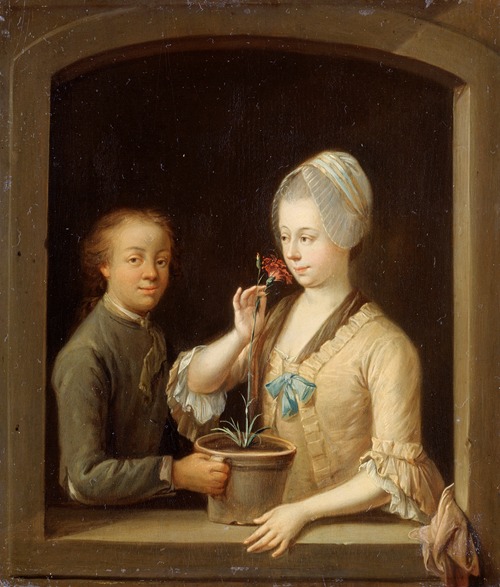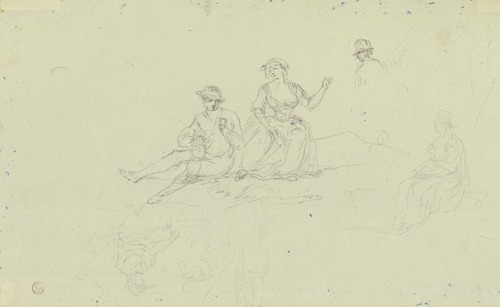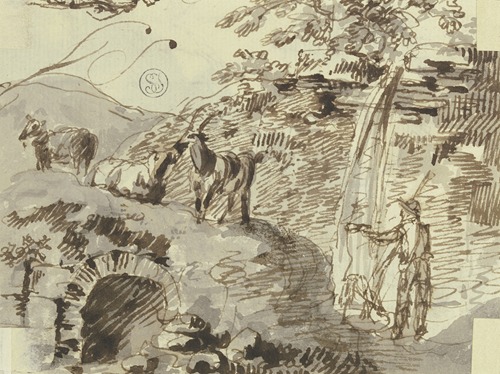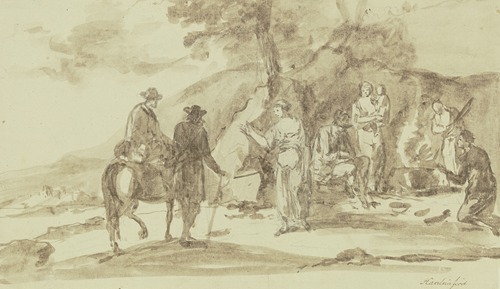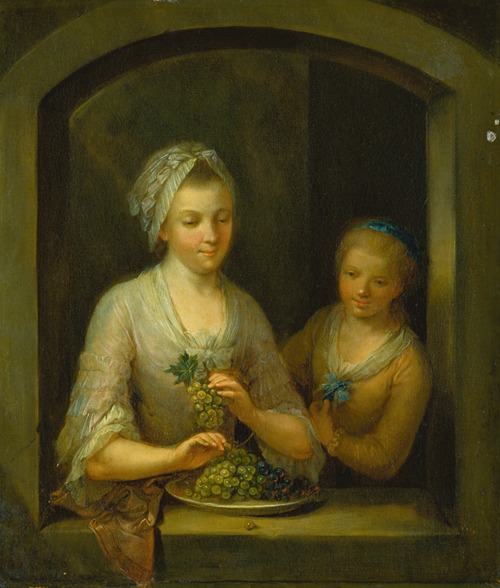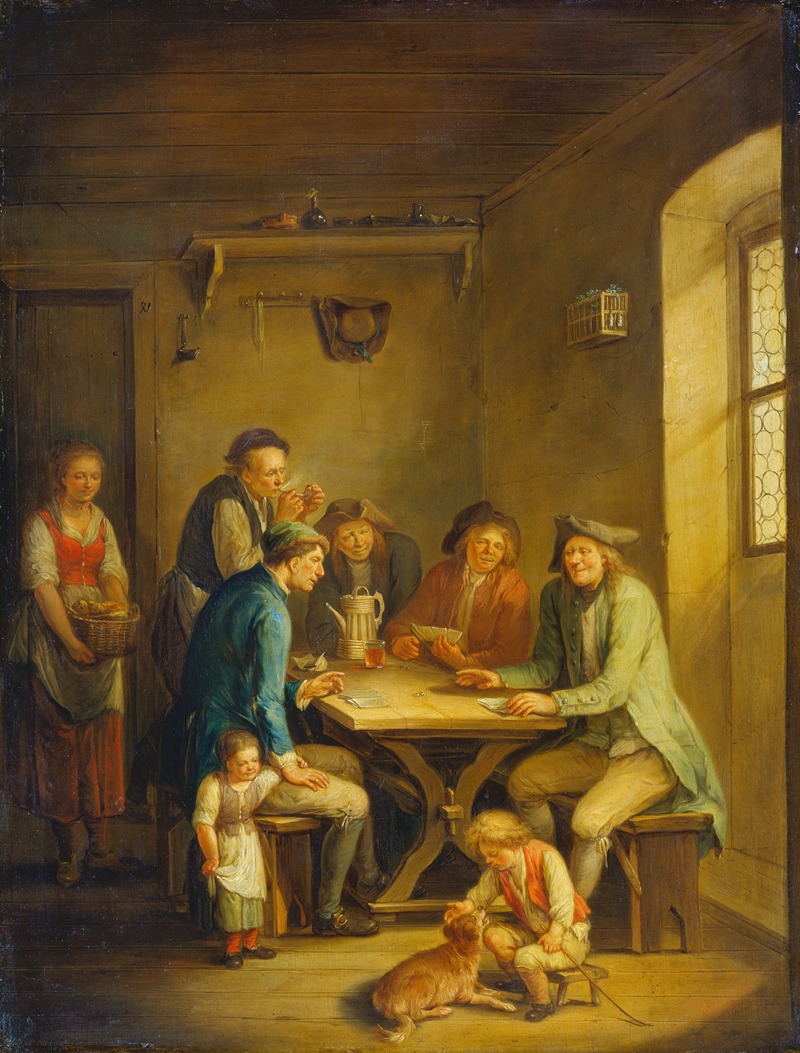
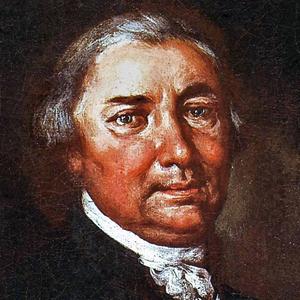
Johann Andreas Herrlein was a German painter.
Johann Andreas Herrlein's father, Johann Herrlein, who came from Hammelburg, was a baker and barrel painter in Münnerstadt and from around 1732 in Kleinbardorf. Together with his brothers Johann Peter Herrlein and Andreas Herrlein, Johann Andreas received his first training in painting from him. His first independent activity was painting the ceiling frescoes and the altarpiece in the parish church of St. Martin in Eltingshausen (today part of the municipality of Oerlenbach) in 1746. In the same year, he appears to have joined the painting workshop of his future father-in-law Emanuel Wohlhaupter in Fulda. After his death in 1756, Herrlein became court painter to the prince-bishops in Fulda. On their behalf, but also for private individuals in Fulda and churches in the diocese, Herrlein created several hundred works before his death. Johann Andreas Herrlein had many interesting ideas for selling his paintings. On May 15, 1768, for example, he invited people to a "target shooting of paintings at Fuld". A total of "42 pieces of painting" were offered as prizes, a collection of his paintings that are worth a "fortune" today.
In addition to creating portraits and a large number of works for churches in the Fulda region, Herrlein was particularly involved in mediating between 17th century Dutch landscape painting and German Romanticism by expressing people's inner moods and feelings in his paintings. A street in Fulda is named after him.
